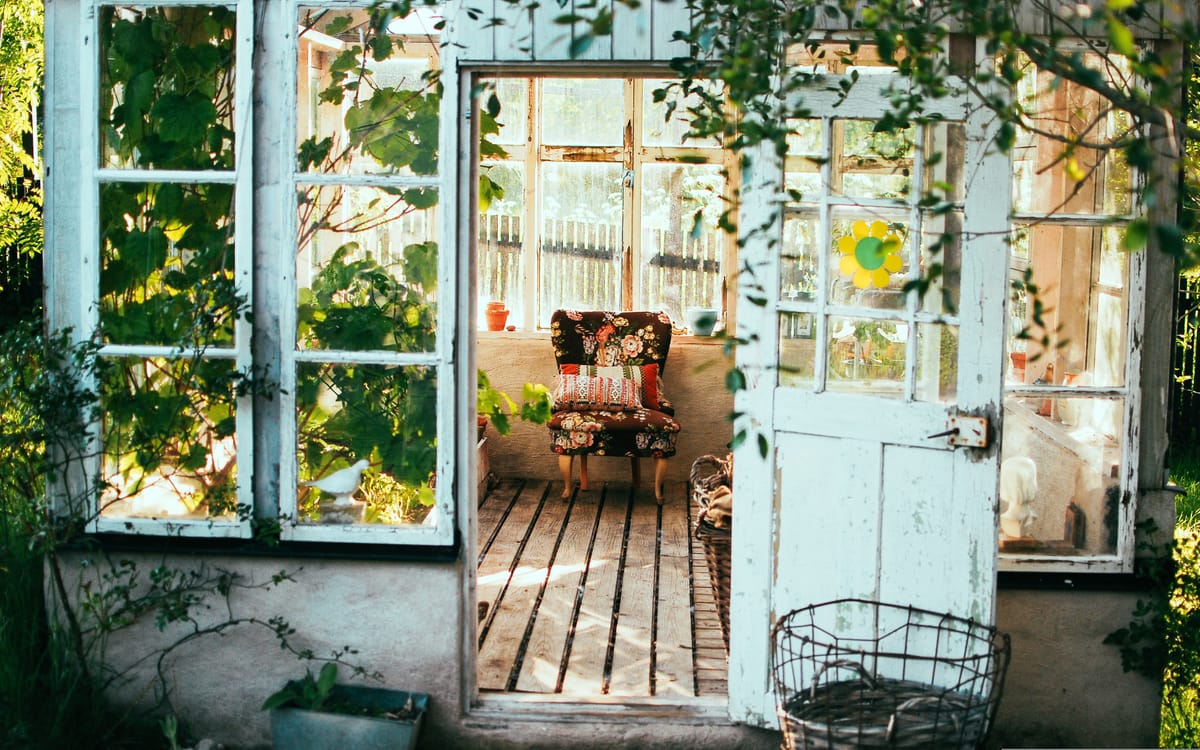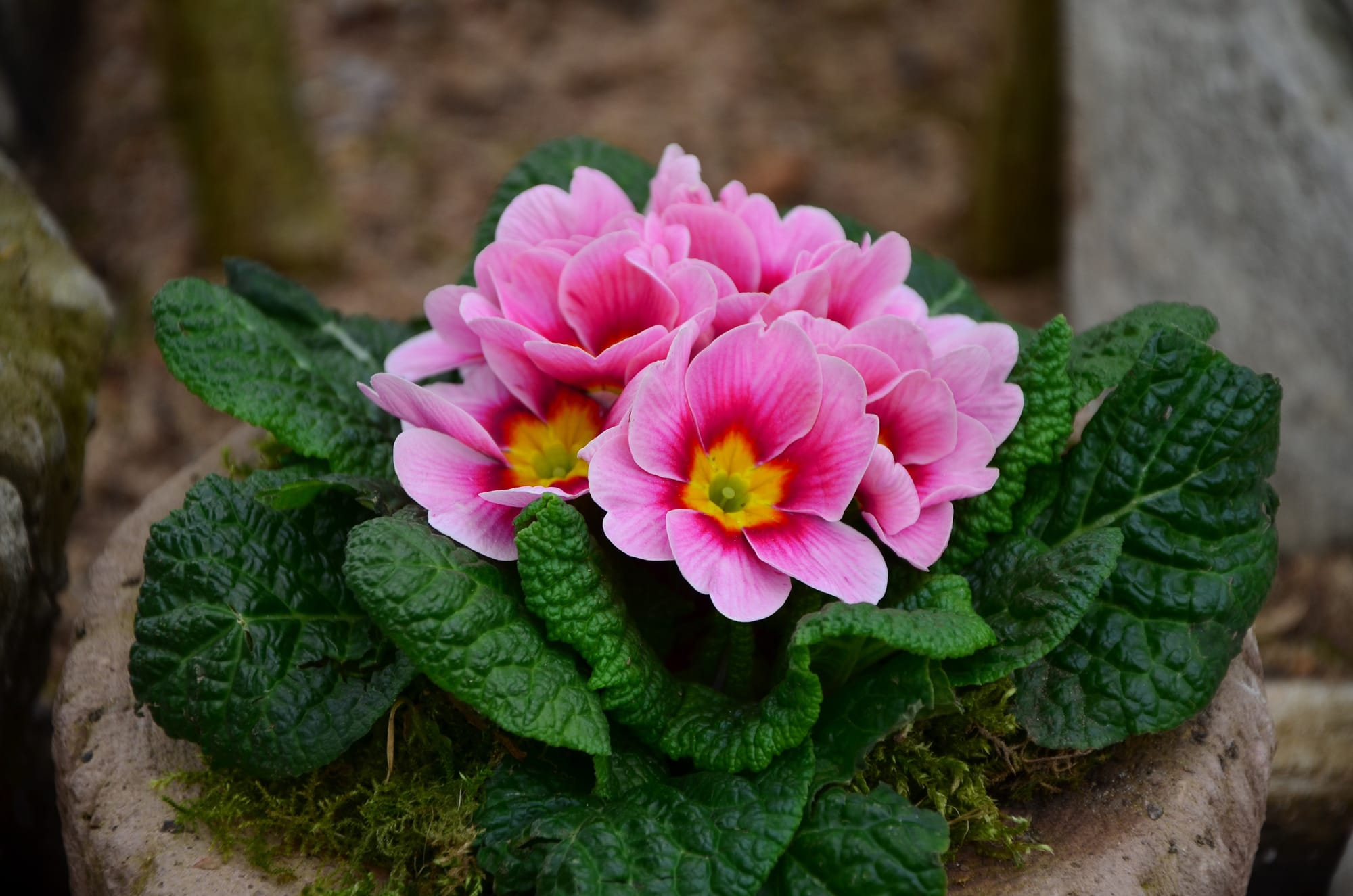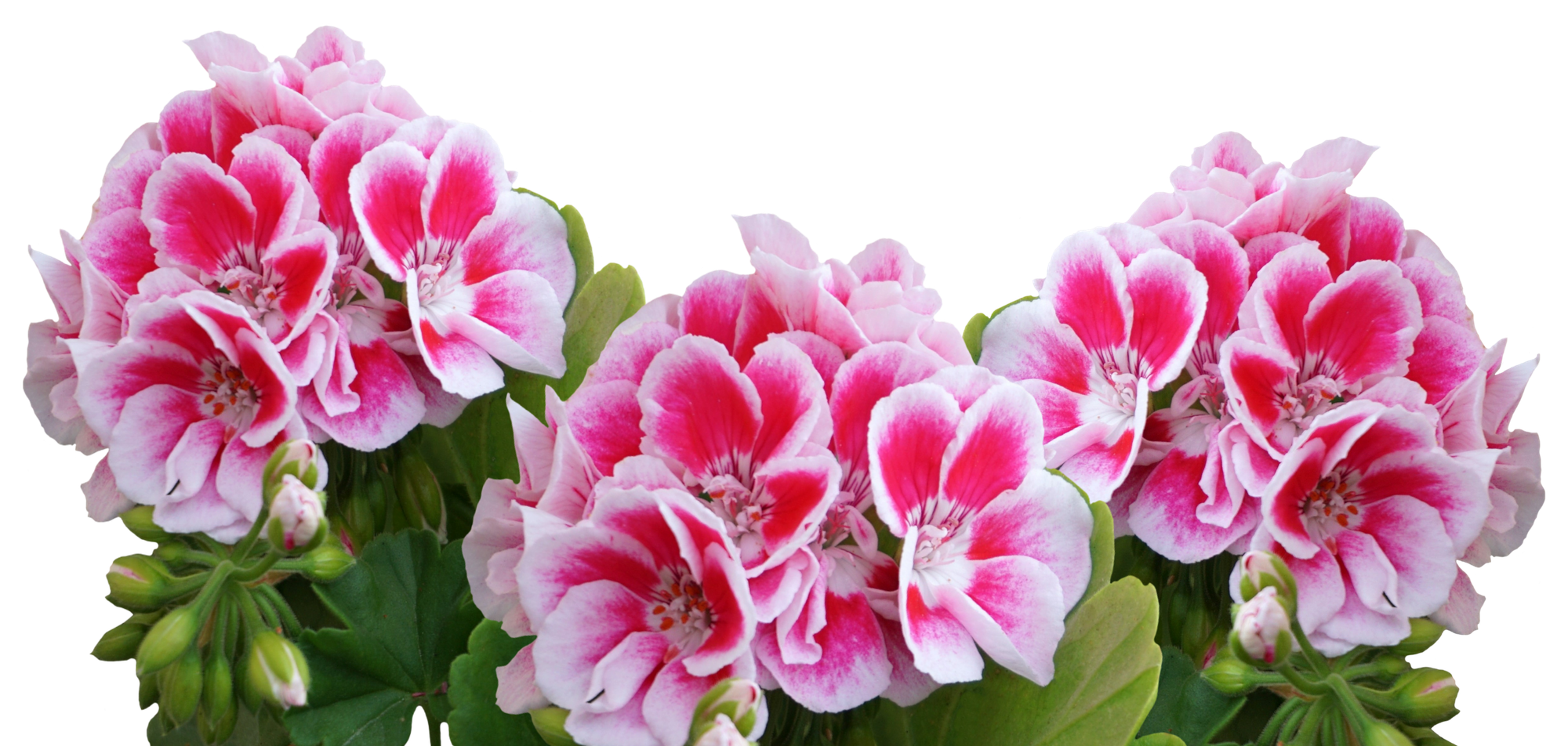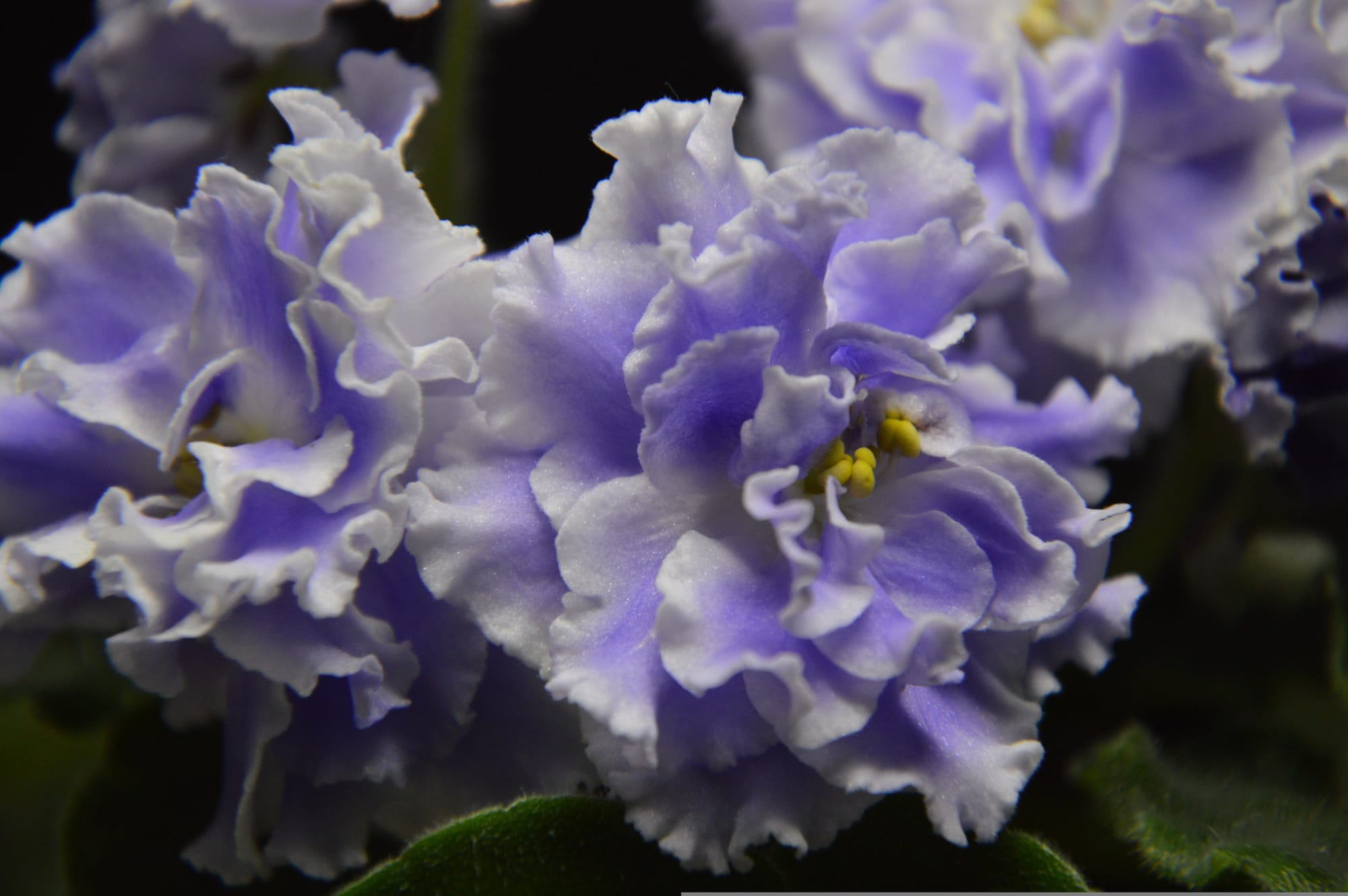
For most of us, outdoor gardening is a seasonal activity. With colder months and early spring spent nurturing plants that haven't yet bloomed, the window for enjoying flowers outdoors can feel brief. While it's possible to extend the outdoor flowering season by starting with zinnias or petunias in the summer and finishing with chrysanthemums in the fall, there are still many months when gardening outside isn’t feasible for most.
When it comes to indoor gardening, the focus is often on "indirect bright light" conditions—placing plants near a window with plenty of sunlight, but where the rays don’t directly hit the leaves, or using plant lights or shop lights. If you have a greenhouse, sunroom, or a space with ample direct sunlight, you'll probably want to explore a different set of flowering plants.
There are plenty of indoor-friendly flowering plants to choose from. For instance, Christmas or Easter cacti offer a delightful burst of blooms once a year. If you're more interested in foliage and can live without frequent flowers, succulents make excellent houseplants. I’ve even managed to get a miniature rose to bloom under shop lights, though I wouldn't call myself an expert on this yet. I do have a story about that in my drafts, which I might share soon.

If you're looking for something unique that not everyone else has, consider trying streptocarpus, also known as cape primrose. These charming plants offer spectacular, frequent blooms, but some varieties perform better than others. To keep them healthy, it's best to use a wicking system with bottom watering, as streptocarpus can dry out quickly. The cycle of hydrating and drying can be tricky to manage, so this method helps maintain consistent moisture levels.
Be aware that streptocarpus are prone to powdery mildew, especially when temperatures start to fluctuate in the fall. If you notice powdery mildew on your zinnias outdoors, your "streps" may be next. To prevent this, mist them every couple of weeks with a fungicide like BioAdvanced™️ 3-in-1 Insect, Disease & Plant Mite Control. Taking preventative measures is crucial because mildew can spread rapidly, affecting not just one plant but your entire collection in a matter of days.

Pelargoniums, often called "geraniums" in casual conversation, have proven to be great indoor plants for me, especially under bright indoor lighting like shop lights (not weak grow lights). It's important to note that while most gardeners refer to them as geraniums, master gardeners and those with more experience will call them pelargoniums. If you go looking for true geraniums, the native species, you’ll discover they look quite different from what you see at the garden center labeled as geraniums.
As a potted indoor plant, pelargoniums are low-maintenance and forgiving. They thrive on what some might call "neglect"—watering just once a week or so is all they need. If you can remember to give them a little water and toss in some diluted fertilizer, they’ll reward you with blooms. Once the flowers fade, remove the spent bloom stalks to encourage new blooms. If you're interested in collecting seeds, you’ll need to hand-pollinate the flowers and allow the seeds to develop for several weeks.
One of the great things about pelargoniums is their variety. There are endless types available, and many can be grown easily from seed. In fact, growing from seed is often faster than propagating from cuttings. In just a few months, you can have a fully grown and blooming plant. Propagating pelargoniums from cuttings is also incredibly easy, making them perfect for beginners.
Most pelargoniums feature blooms in shades of red, orange, pink, white, and even purple, but here’s an interesting tidbit—if you ever come across a yellow pelargonium in North America, you might just strike it rich! They're incredibly rare here. So rare in fact, I doubt there are any. Unless you're reading this in the future. In that case, they might now be available.
I might revisit pelargoniums again on this site, especially to discuss growing them from seed. There’s a world of pelargonium varieties out there, including heirloom varieties that are more resistant to pests. If you're a beginner, I’d recommend starting with standard varieties rather than the more temperamental Regal or Martha Washington types. These can be tricky to manage, especially for first-time growers. They are more prone to pest issues. The traditional pelargoniums tend to be tough when it comes to pests. Even the smell of a pelargonium is enough to make many pests run the other direction. I think one of my pelargoniums is an "angel" variety. But those are very difficult to find in the US.
One more thing to note—miniature pelargoniums (or "dwarf" varieties, though that term may be falling out of favor) are nearly impossible to find in North America. You're more likely to see them in Europe, where they were once very popular. Over time, as fewer people grew them, their collections dwindled, and now they’re quite rare in the states.

The last flower on the list is the beloved African Violet, and there's a good reason these little gems are so popular. African violets can flower almost nonstop indoors, all year round, and are relatively easy to care for. But here's a twist you might not know: there are some extraordinary varieties you won't find at your local grocery store's floral section. Actually, if you're into African violets, you might have seen some pretty insane colors and flower shapes online. Just be careful when buying these from individual sellers as they might not have greenhouse protocols in place, in terms of pest control. So it's possible to bring something like thrips into your plant ecosystem.
African violets come in a range of fascinating types, from those with stunning fantasy patterns on their petals to varieties with blooms over 3 inches in diameter. There are miniatures, trailers, standard sizes, and even some captivating varieties from the Ukraine and Russia. One of the most intriguing lines is the Optimara EverFloris, which features African violets grown from seeds that were exposed to outer space conditions. It’s believed that the exposure to radiation can alter the seeds' DNA, resulting in mutations that produce unique and unexpected characteristics. Interestingly, there are similar stories of people using dental X-rays on streptocarpus plants to induce double blooms.
For a long time, African violets didn’t catch my interest because they seemed so common—everyone had one. I always had at least one around the house that managed to survive despite being neglected. But that persistence made me reconsider. If these plants are that hard to kill, they must be easy to grow and maintain. I decided to dive deeper and look for the more unique types.
Now, I’m growing some special varieties that caught my eye, and I’m observing their growth habits and characteristics. I’m even planning to try my hand at hybridizing them—crossing some of the different varieties and growing the seeds to see if anything new and exciting emerges.
While it seems like there are thousands of African violet varieties out there, new crosses don’t appear to be emerging at a rapid pace. It’s not like daylilies or dahlias, where hundreds of new varieties hit the market every year. But that just adds to the appeal. African violets have a devoted following of enthusiasts who are passionate about cultivating, hybridizing, and collecting these beautiful plants. And that sense of community makes it even more enjoyable.
It's important to keep an eye on your plants. Even with preventative care, some plants may struggle. Don't hesitate to "cull from the bottom" by removing underperforming or unhealthy plants. Focus your time and energy on the plants that thrive in your specific environment, and you'll have a healthier, more vibrant collection.
It seems there are two main types of indoor plant growers: those who tend to neglect their plants and those who micromanage every detail. The key to success lies in finding the right balance for your lifestyle. If you can get the essentials—light, soil, and fertilizer right, you can then identify which type of plant grower you are and choose plants accordingly. For example, busy people might thrive with low-maintenance options like snake plants or pelargoniums, which require only weekly attention.
For new gardeners starting outdoors, I always recommend a simple approach: try a few different plants and observe what grows well. This initial experimentation helps you find what works without turning gardening into a constant battle. While challenges are inevitable, struggling to keep a plant alive usually indicates it's not in the right environment. The plants that thrive with the care you naturally provide are the ones worth focusing on. Then you can dive into that type of plant and find the varieties you like. I found zinnias boring, but they grew well for me in New Mexico. So I created my own cactus zinnia line that I continue forward every year. And people go bonkers when they see photos of these flowers.
You can certainly get adventurous as you gain experience, but early on, it’s important to build some momentum with easy wins. Success breeds motivation, and a series of small triumphs will help you stay engaged with the hobby. Gardening should be enjoyable, not a source of stress—and if you’re constantly struggling, the joy can quickly fade.
Got a topic you want to learn more about? Post in the comments!
© Copyright Terry Aley
The Aley Acres seed shop on Etsy.
Dahlias, Notes from a Gardener book on Amazon.
Floral Art and Landscape Painting Etsy shop.
TikTok, some gardening posts.
